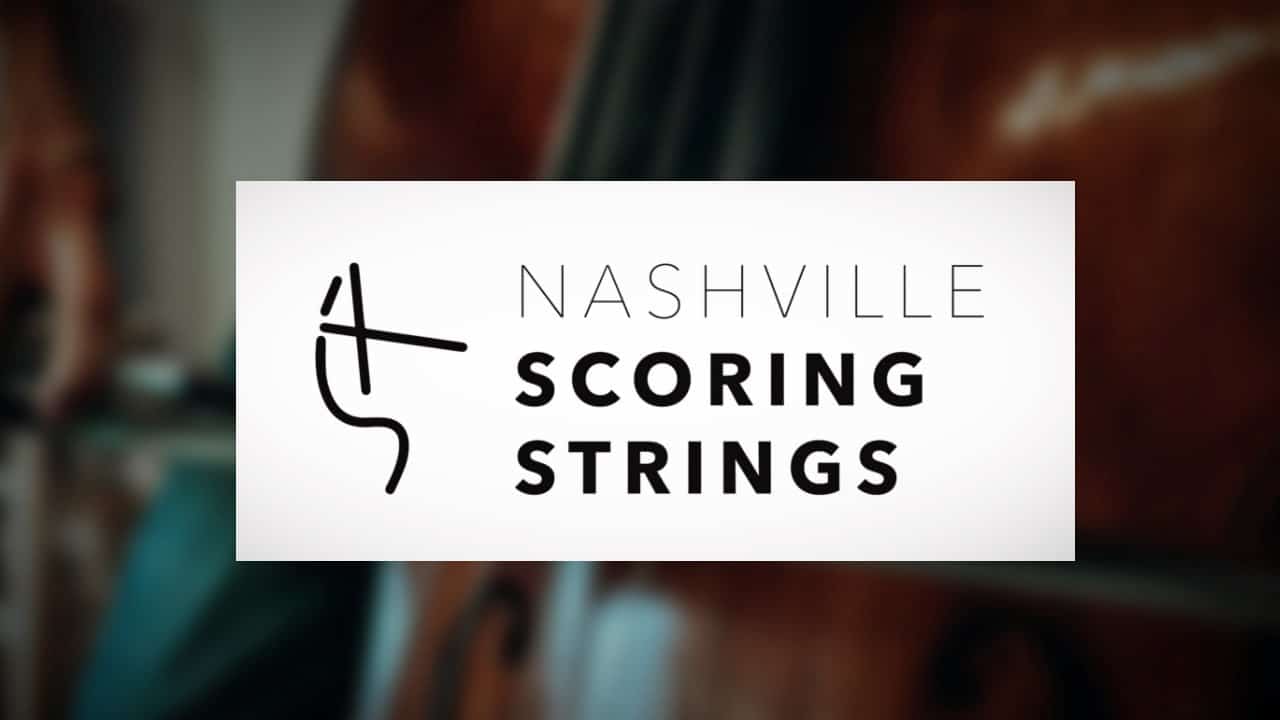Mike Verta runs a special discount for all his Masterclasses. Use the COUPON CODE: glory40 at checkout. Besides Evenant Mike Vertra’s Masterclasses are one of the best video tutorials when you start with composing or want to learn more about the craft of composing to picture.











